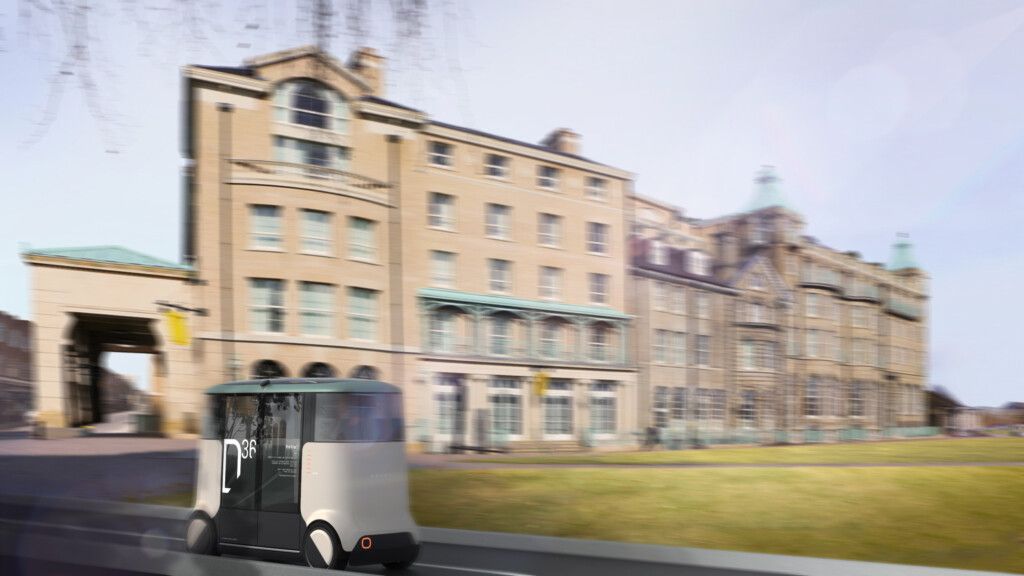Will town centre regeneration really kick start the levelling up agenda, asks RLB UK’s National Head of Retail, Julian King:
As I write this article we are finally coming out of lockdown and those who own or manage non-essential shops, hospitality and leisure facilities are beginning to open their doors for the first time in 2021. There has been a lot said and written about the effects of the pandemic on the retail & leisure industry and the challenge of how we repurpose town centres and high streets has long been on the agenda for all of us working in the sector.
With the pandemic ony adding to major pressures, retail footfall has been reported to fall month-on-month, year-on-year with the exception of March 20 and the Christmas period in 2019-21. As specialist property consultants, we understand all the constituent sectors that make up a town centre and we know that a multi-sectorial approach is the only way forward with physical shops sitting alongside food and leisure, affordable residential and flexible commercial space. Having played an integrated part in the regeneration of many UK town centres alongside local authorities and developers, what the last 12 months has shown us, is how knowledge of the asset repurposing journey is important, and how many of us still want the interconnectivity in our lives that getting out of the house – whether for work, leisure or pleasure – provides.
Central government and local authorities have also set out their stall to support and invest in town centres with the Future High Streets Fund launched in 2018 and expanded last year. However, as well as bringing the focus back to smaller conurbations, how much of this regeneration might actually work hand-in-hand with the levelling up agenda?
Optimising connection of people and place with infrastructure
We know the crux of creating traffic to town centres sits with accessibility and the need to provide optimum connection of people and place. At RLB we have specialist knowledge in urban transportation and we are already working on innovative projects such as the Cambridgeshire Autonomous Metro and Coventry Very Light Rail, working with both Coventry and Dudley Councils, that will do just this – provide a low cost, accessible transportation system to create better connectivity. This will not be a one-off, the adoption of regular links will bring people to our town centres that previously would not have considered travelling in regularly.

Greenscaping is also changing the landscape of our town centres – not just aesthetically by making them more pleasing on the eye, and more convivial to spend time in – but from an environmental point of view, with pedestrianised areas, car free zones and bike paths. Creating more attractive spaces within town centres will bring with it a sticky pound with those coming into town likely to spend money when they get there, and more likely to come back. Creating a cycle of employment, economic growth and the recycling of locally earned cash in those towns that have been down on their luck of late.
MMC driving the social value agenda
It’s not just the changes in the way we are looking to design and plan our town centres that will support the levelling up agenda. The recent launch of the UK Government’s new Construction Playbook, which RLB’s Global Board Director Ann Bentley advised on as an industry expert, has elevated the link between construction efficiency and Modern Methods of Construction (MMC), helpfully supporting the drive from both government and industry to bring social value and community into the forefront of the build. Both will play their part in how we redistribute wealth and improve the health of our communities. With MMC allowing building components to be manufactured offsite, construction activity can be directed to areas that need economic boosts and where land and labour might be more cost effective. Likewise looking at sourcing locally and training those in the vicinity of a build are all part of a parcel of considerations that go to calculate the social value derived, with every £ 1 invested in a town centre supporting further long-term investment.
RLB has partnered with Social Profit Calculator (SPC) to allow its clients and projects to demonstrate and measure Social Value, developing a model, which quantifies both the cost and value of all elements of the project, something we now utilise with both our public and private sector clients, effectively supporting them to deliver projects for positive social change.
The key to all of this of course will be whether we continue to use our town centres as places to be – whether living, dining, exercising, working or meeting friends. The next few months with the shift back to some level of normality will show whether this trend continues to grow. And with it, whether we can drive the right investment into the town centres as well as use them as a springboard for the levelling up agenda.
FURTHER INFORMATION:



